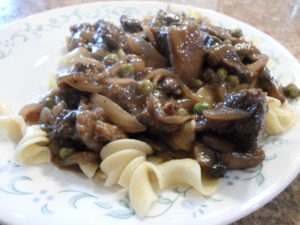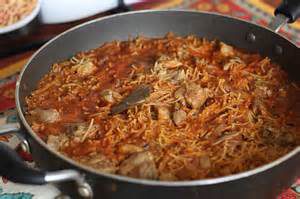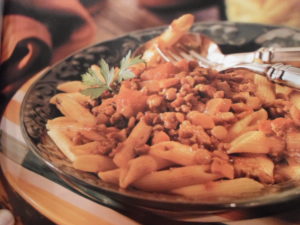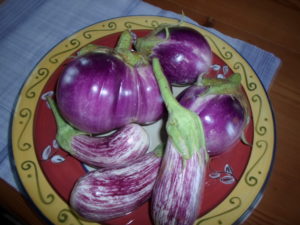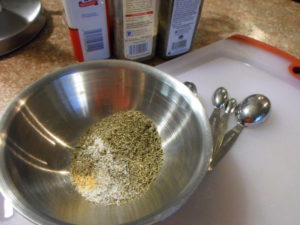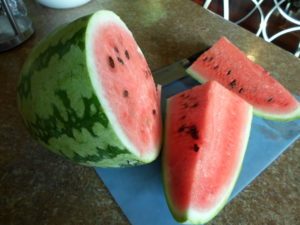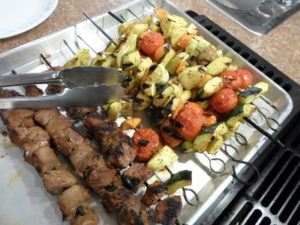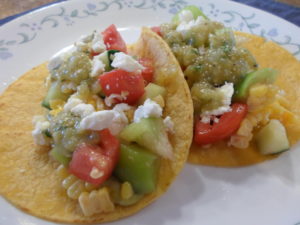With the cooler temperatures, I’m yearning for stew. I must not be the only one, at Dinner Bell last week we made Hopkins County Stew. The hungry always enjoy it.
Hopkins County Stew
4 c. water
2 pounds skinless chicken or cubed beef
2 1/2 tsp. salt, divided
4 medium potatoes, diced
1 large onion, chopped
1 tsp. black pepper
1 (15-ounce) can tomato sauce
1 (14-1/2-ounce) can tomatoes, peeled and diced
1 tsp. chili powder
4 tsp. paprika
1 (16-ounce) can whole kernel corn
1 (16-ounce) can cream-style corn
Heat 4 cups water to boiling in a 5-quart saucepan on top of stove. Add chicken or cubed beef and 1-1/2 teaspoons salt. Reduce to medium heat and simmer until meat is tender, reserving liquid. If using chicken in your recipe, remove pieces from pan and allow to cool before boning and dicing meat.
To reserved liquid, add potatoes and onions. If necessary, add just enough water to cover the ingredients and simmer on medium heat until potatoes are tender.
Add diced chicken or beef, black pepper, tomato sauce, diced tomatoes, remaining 1 teaspoon salt, chili powder, and paprika and bring to a boil.
Add cans of whole kernel and cream-style corn while stirring stew on high heat to prevent scorching.
Reduce heat to a simmer. If necessary, add water to bring stew to desired consistency. Cover and simmer over medium heat for 15 minutes, stirring as needed.
Recipe courtesy of Hopkins County Chamber of Commerce.
I wonder if there’s such a thing as Rains County Stew. Wouldn’t that be a good idea? I need to ask some of the old-timers about that. I made my own version of the Hopkins County Stew. I used beef in my version. I dredged the beef in seasoned flour and browned it rather than boiling. I used beef stock instead of water to cook the vegetables. I also added celery and carrots. It was very hearty and very good.
For more recipes, visit DellaTerraFarm.com/blog.

